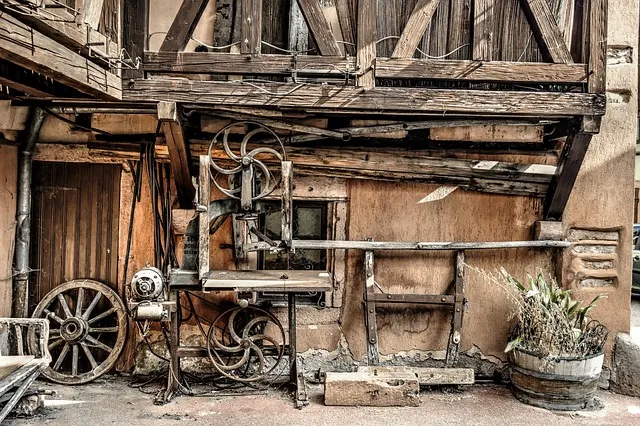
When setting up a workshop, one essential element to consider is the organization of tools and supplies. A wooden pegboard is a great way to keep your workspace tidy and efficient. But how do you attach it securely to your wall?
I mounted furring strips for the top and bottom of each wooden pegboard. To save more floor space, Tom suggested a sliding miter saw with an articulating arm, instead of rails that stick out in back. The saw’s design lets Stefani make crosscuts in boards up to 14 inches wide with the saw resting up against the wall. Its wheeled stand has outriggers to support long boards or lengths of molding, is easy to move around, and folds to store flat against the wall. Add three evenly spaced hinges to the back of the frame, then screw the other leaves to a 2’4 cleat. Holding the frame ‘ inch under the finished height, temporarily support the cleat and drill five pilot holes, as shown.
Choosing the Right Location
Secure and flush the strips to the surface. Pegboard has a standard measurement of 4 x 8 inches. If you have limited knowledge of pegboard sizes, you might use the above measurements.
Once my framing was up then I could make the final cut to size. If the pegboard you purchase doesn’t come in white the best way to paint it is to use spray paint. You could roll it on or brush it on but then you risk the holes getting plugged up. The added bonus of spray paint is that it has a more durable finish so it’s less likely to get scratched up with use.
Before attaching your wooden pegboard to the wall, you need to find the perfect location for it in your workshop. Make sure it is easily accessible and at a comfortable height for you to reach tools and supplies effortlessly.
Mounting the Pegboard
Make a decision on the spacing of your holes and mark using a permanent marker. Check the total width you calculate and the amount of spacing needed around the edges. A 6-inch gap between two holes is the standard.
To attach the wooden pegboard to the wall, you will need to use the right hardware. Start by marking the locations where you want to place screws or nails to secure the board. Make sure they are evenly spaced to provide adequate support for the weight of your tools.
Next, drill holes into the wooden pegboard where you marked the locations for the screws or nails. This will make it easier to attach the board to the wall and ensure a secure fit.
Once attached, screw through the face of the pegboard, through the 1’2 frame, and into the wall studs. Need some extra storage space in your garage, office, or kitchen? Mounting a pegboard may seem like a daunting task, but it’s actually pretty easy. The main question is whether you use furring strips to build a frame for the board, or use spacers to mount it. In this article, we’ll walk you through everything you need to know about installing pegboard. Does it look like a bomb went off in your workshop?
Once the holes are drilled, hold the pegboard against the wall in the desired location and use screws or nails to secure it in place. Make sure to use strong and sturdy hardware to prevent the pegboard from falling off the wall.
Organizing Your Tools
Now that your wooden pegboard is securely attached to the wall, you can start organizing your tools and supplies. Use pegboard hooks and holders to hang your tools neatly and keep them within easy reach.
Take advantage of the customizable nature of a wooden pegboard to create a system that works best for you and your workflow. By keeping your tools organized and visible, you can increase efficiency and productivity in your workshop.
With these steps, you can easily set up a bench for your workshop with a wooden pegboard and attach it securely to the wall. Enjoy a clutter-free workspace and easy access to all your tools and supplies.



